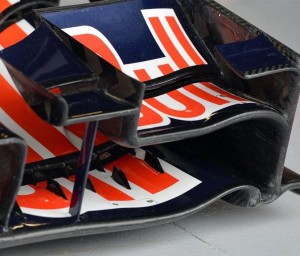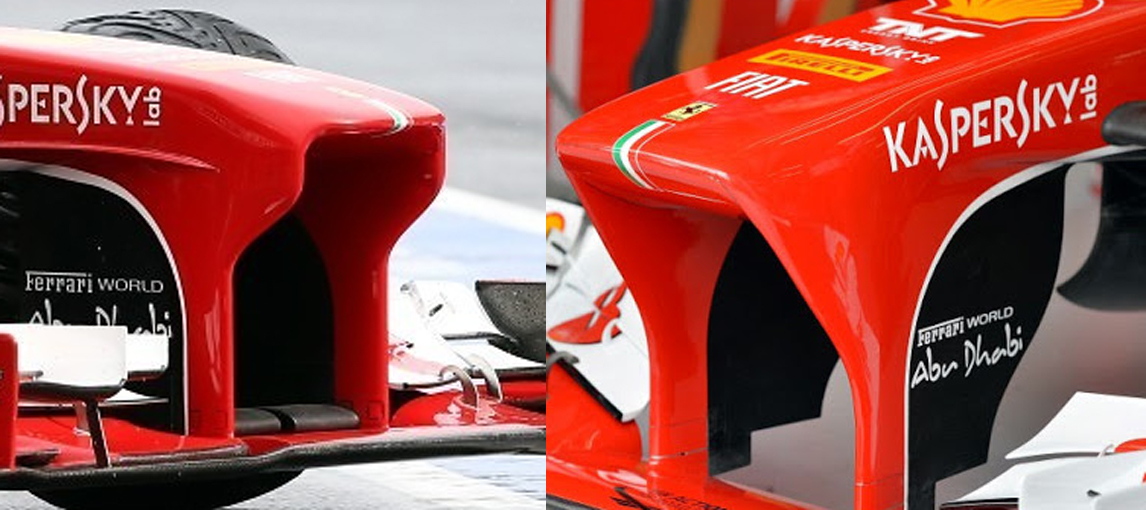
There’s a lot going on behind the scenes on an F1 weekend that we don’t always get to hear enough discussion about. How the cars are set up to specifically suit the track and drivers, what updates are brought to each circuit etc. Here’s a technical roundup of the action packed F1 Canadian Grand Prix.
The Gilles Villeneuve circuit in Canada is one of the fastest Circuits on the Formula 1 calendar. Most teams are known to run medium to low down force settings on their cars. This means very shallow rake angles on the rear wings to maximise the speeds on the straights.
Due to the stop start nature of the track, it is more biased towards mechanical grip rather than aerodynamic grip. Williams and Toro Rosso both ran very different specification low down force rear wings. Williams had the main plane curving upwards which was the same as the wing that they used in the 2012 F1 Canadian Grand Prix, and Toro Rosso had the main plane at a downward curve.
Interestingly enough, Sauber, who started the season with a similar design to to Toro Rosso have now reverted to a more conventional straighter design.
Ferrari have had a few updates to the front wing. The main change was that the pillars that extend down from the nose of the car were straighter in Canada than the previous races. The other change on the front wing was the second flap above the main plane.
The previous wing had the flap extending out of the end plate, the Canada specification has the second flap extending out of the main plane with a gap between the end plate and the main plane. They also ran the new side pod airflow conditioners they tested in Barcelona on both cars in the race.

Red Bull ran a rather interesting modification with small vertical vanes on the main plane of their front wing and under the second wing element.
 It is a very similar principal to the vortex generators above the side pods that some cars run. They help guide the air along the top of the surface of the side pods by disturbing the boundary layer of air above them.
It is a very similar principal to the vortex generators above the side pods that some cars run. They help guide the air along the top of the surface of the side pods by disturbing the boundary layer of air above them.
These vertical vanes under the second wing element have a similar function, except they guide the air along the underside of the second element.
This allows the air underneath the wing to move away quicker and helps in the creation of vortex generation. The same airflow will flow around the tyres and onward to the the side pods and eventually out the rear of the formula one car.
What are your thoughts on the updates and the set up of the cars for the Canadian Grand Prix? Let us know what you think in the comments below.



